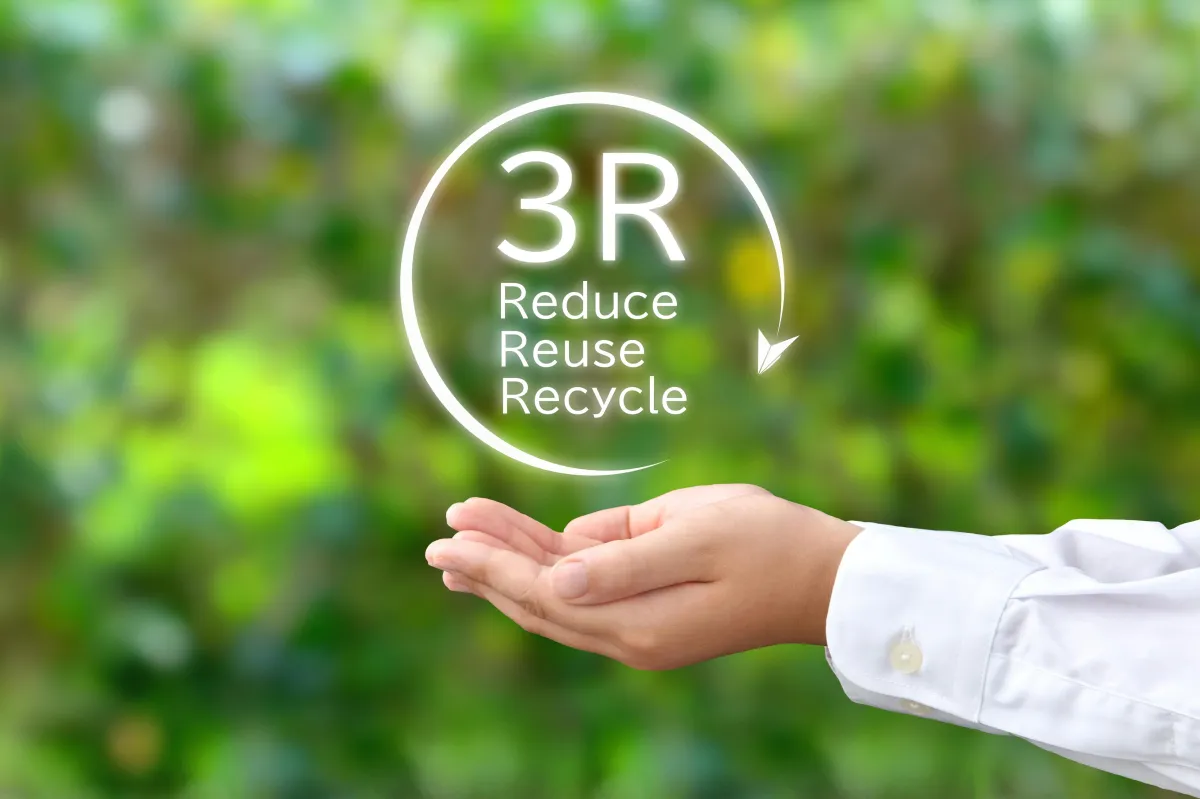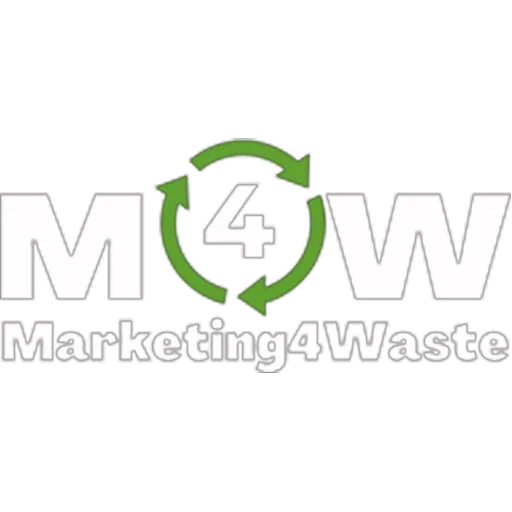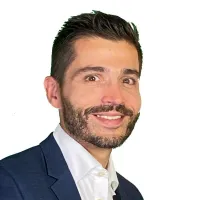Increase the Revenues of Your Waste Company With the Tips Shared in Our Blog Articles

3Rs: A Strategy To Thrive With A Waste Management Company
One of the most important aspects of your waste management business is its capability to adapt to new trends.
I’m not talking about electric vehicles for waste collection or smart bins.
No, I’m not talking about the new regulations.
I’m talking about the 3Rs approach.
While I’m confident you're familiar with the 3Rs, it's crucial to recognize that your waste management company is potentially missing out on significant financial gains by not fully embracing and promoting the 3Rs as a core part of your business strategy.
The 3Rs are mainly mediatic rather than real but have an opportunity.
An opportunity to make a profit, being clear.
An opportunity that is connected with the capability of your waste management company to leverage the promotion of the 3Rs in terms of marketing and, on the other side, in terms of business strategy. Indeed, tons of raw materials obtainable from the waste you are collecting can be sold for new production, but tons of tools and goods could be saved before their destruction and sold to used goods shops.
To implement this 3Rs process, you should follow the following steps:
First:
Identify the capability to educate your customers to separate the old goods from waste in your waste management company. It requires time investment and the production of new marketing materials. Indeed, you should share your new direction with them, involving them as contributors to saving these goods and creating job opportunities. It’s mainly a marketing activity, but you, as the owner or the manager, should be the spokesperson for this initiative. The goal is to become an identity for them. Create events involving your customers and share them with the local community. You need at least 90 days to educate your customers, sharing daily the advantages this new approach will deliver to them (like less waste calculated, fewer costs, job opportunities, etc.)
Second:
Now that you have identified that capability and implemented the educational process, it’s time to create a process at your plant. A lot will depend on the waste stream. Indeed, suppose your marketing works well in communicating and creating the educational plan. In that case, at least 50% of customers will follow your new approach (this number is mainly connected to your customer’s loyalty). Now, you should have two different streams: the stream of non-working goods and items and the stream of waste (the classic one you collected).
On the contrary, if the educational plan needs more time to be implemented, it’s time to offer the service of collecting used goods by contacting your customers directly and sharing with them that you want to implement this new service. You offer them free of charge, so don’t forget to tell them. Share the advantages they will obtain from joining you in this new project.
Initially, your process should consider both the conditions mentioned above. It means that you should train your team to work on both scenarios. The first one will be easier to manage because the waste stream of not-working goods will arrive already segregated from your customers. Maybe some of them will make mistakes, but don’t see them as an issue; consider them a part of the process.
The second scenario will be easier but more expensive because you have to double the time invested for every customer.
Once this new waste stream arrives at your plant, it’s time to separate electrical and non-electrical goods. This is super important because they require different treatment and management approaches.
Now that you have electrical goods separate from the not-electrical, you should proceed to step number three.
Third:
It depends a lot on the characteristics of your license. You can think of creating an end-of-waste process to save the goods from the waste stream and selling some of them directly, creating a store, or supplying them to a store (as I mentioned initially). If that is not possible, the best way is to supply a recycling facility to save the materials from these goods.
That is the greatest opportunity if you can separate and sell them directly here. It doesn’t matter if they are not electric equipment. Indeed, you can open a reparation center connected to your plant where you can restore these goods and start selling them in your local market or online.
That’s the greatest way to add marginality to your company, leveraging the 3Rs and putting a face to the challenges that our industry is facing.
If you need more information on how this strategy can fit your waste management business, book a Market Assessment Call here. I’ll analyze your company to understand how it fits the 3Rs strategy.
That’s the way!
We’ll talk soon.
Sam
The Waste Management Whisperer


© 2025 Marketing4waste - All Rights Reserved,
Marketing4Waste is a brand of MiM MarketingInterimManagers LLC
+1 801 804 5730

